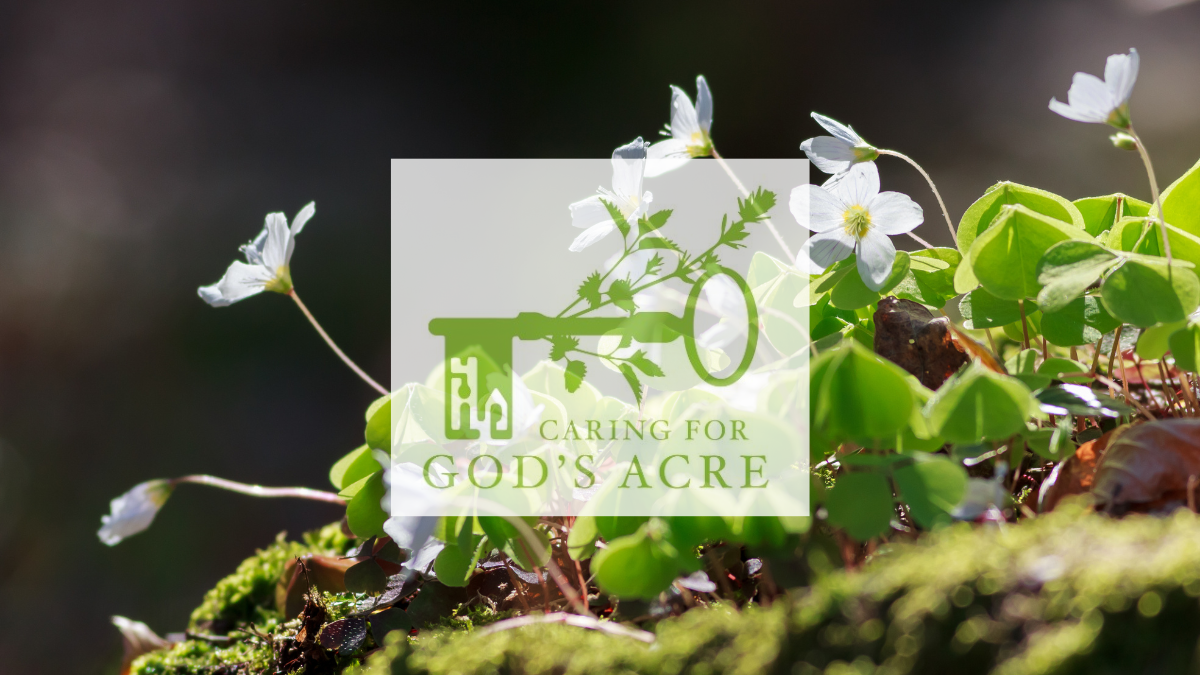
In the past, plants were more important for people in charting the passing year than they are now. Many flowers have names that link their flowering time to that of the church calendar with several associated with Eastertide.
Greater stitchwort (Stellaria holostea) was also known as Easter Bell and Good Friday Grass is still a commonly used name for Field Wood-rush (Luzula campestris). Good Friday Grass is a frequent component of churchyard grassland, particularly in places with either acid or lime-rich soils. It’s brush-like flowers are quite subtle but always appear in time for Easter. Another name for it is Sweep’s Broom due to the shape of the flowers.
Another small but beautiful plant to look out for at this time of year is Wood Sorrel (Oxalis acetosella) which has several names including Cuckoo’s Bread and Cheese, Granny’s Sour Grass and Alleluia as its delicate white flowers appear between Easter and Whitsun, and its trefoil, shamrock-shaped leaves bring associations with the Holy Trinity.
Pasqueflower (Pulsatilla vulgaris) also blooms at Easter time, the name Pasque meaning ‘of Easter’. It is now rare in the wild, found in a few places where there is ancient, undisturbed grassland on limestone. It is often associated with old earthworks such as barrows, hillforts and boundary banks and there was a legend that it grew where the blood of Danes or Romans had been spilt. *
It’s not only flowers that chart the passing months and the Christian calendar. St Mark’s Fly (Bibio marci) is a long, black, shiny fly which hatches around St Mark's Day, April 25th. Large numbers of flies can be found in woodland edges, hedgerows and fields often mating in mid-air giving then the alternate name of Love Bug! They fly rather aimlessly with dangling legs, usually surviving as adults for about one week and getting eaten in large numbers, providing a ready food source. They are also an important pollinator of early flowering trees such as many fruit trees.
As you watch the spring unfurling, spare a thought for our ancestors who used nature as a calendar and lived much closer to a profusion of plants and animals than we do now. Perhaps this could be an inspiration to get involved in nature recovery in our much depleted land.
All the best,
Harriet Carty
Diocesan Churchyard Environmental Advisor
www.caringforgodsacre.org.uk - individuals and groups in the diocese receive 20% members discount on all CfGA materials. Use the discount code diomem22
